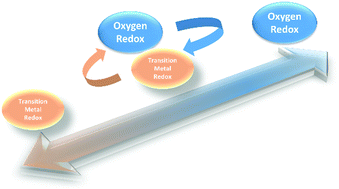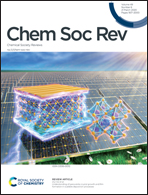Cationic and anionic redox in lithium-ion based batteries
Abstract
Lithium-ion batteries have proven themselves to be indispensable among modern day society. Demands stemming from consumer electronics and renewable energy systems have pushed researchers to strive for new electrochemical technologies. To this end, the advent of anionic redox, that is, the sequential or simultaneous redox of the cation and anion in a transition metal oxide based cathode for a Li-ion battery, has garnered much attention due to the enhanced specific capacities. Unfortunately, the higher energy densities are plagued with problems associated with the irreversibility of anionic redox. Much effort has been placed on finding a suitable composition of transition metal oxide, with some groups identifying the underlying features and relationship for anion redox and cationic redox to occur reversibly. Accordingly, it is timely to review anionic redox in terms of what anionic redox is with emphasis on the mechanism and the evidence underlying its discovery and validation. To follow will be a section defining the nature of the transition metal and oxygen bond accompanied by three subsequent sections bridging the redox spectrum from pure anionic, to a mix of cationic and anionic and pure cationic.



 Please wait while we load your content...
Please wait while we load your content...